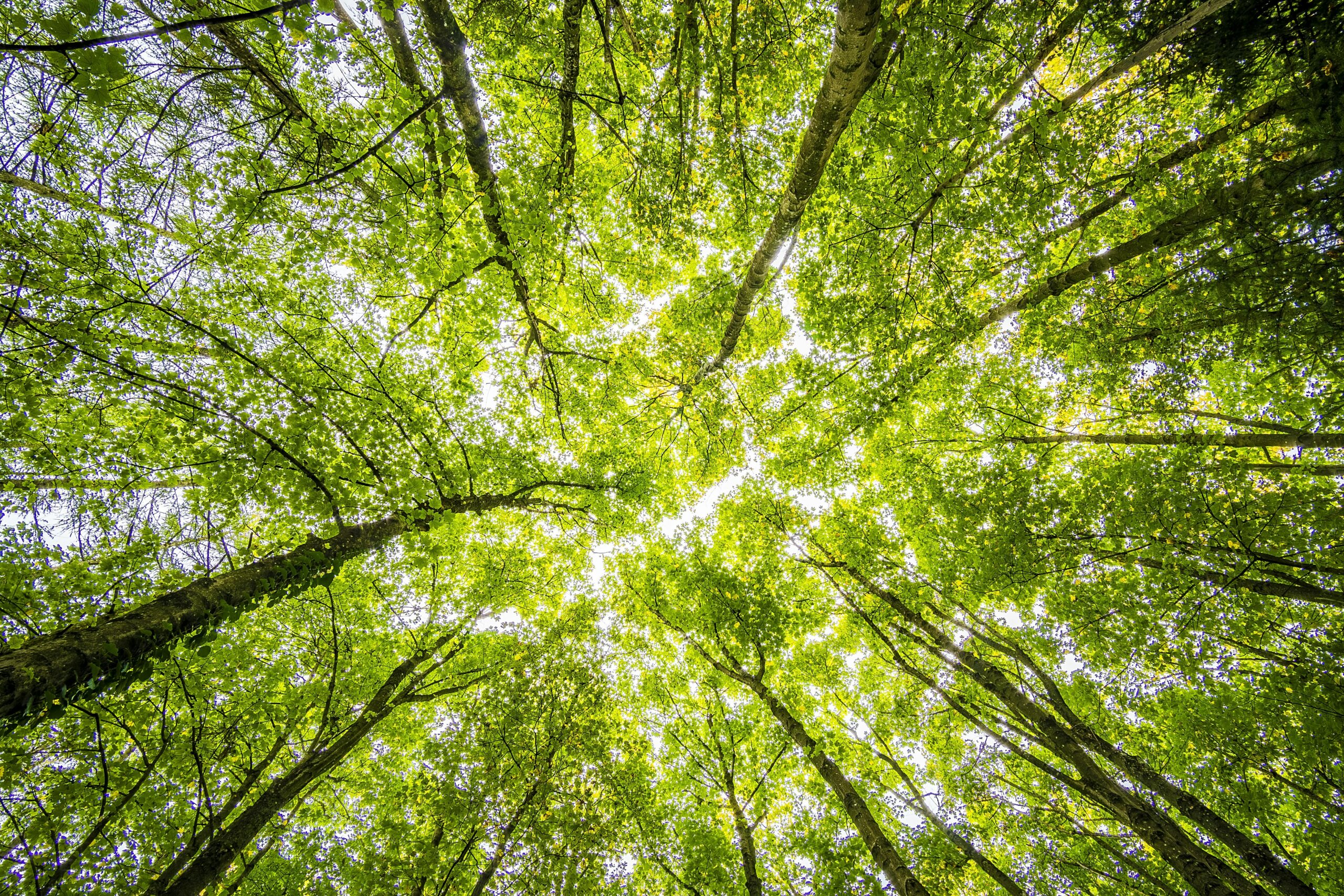Forest Bathing: 8 Science-Proven Facts
Forest bathing, a Japanese practice called Shinrin-yoku, is now globally recognized for boosting mental, physical, and environmental health. Discover its scientifically proven benefits and rising worldwide popularity.
1. How Did Forest Bathing Begin and Gain Global Popularity?
Forest bathing, or Shinrin-yoku, was developed in Japan in 1982 by the Forestry Agency to combat work stress. According to Japan’s Ministry of Forestry, by 2004, over 2.5 million people practiced it annually. Today, forest therapy trails exist in over 60 countries, demonstrating the growing global emphasis on natural methods for mental and physical rejuvenation in increasingly urbanized environments.
2. What Are the Psychological Benefits of Forest Bathing?
A 2019 meta-analysis in Environmental Health and Preventive Medicine found that forest bathing reduces cortisol levels by 12-15% within just 20 minutes. This stress hormone reduction significantly improves mood, anxiety, and emotional resilience. Mental health professionals worldwide now recommend Shinrin-yoku as a natural, side-effect-free strategy to manage depression, PTSD, and everyday stress in both adults and adolescents.
3. How Does Forest Bathing Physically Boost the Immune System?
Studies from Nippon Medical School, Tokyo, showed that forest bathing enhances natural killer (NK) cell activity by 40%, maintaining this elevated immunity for over a week. Exposure to phytoncides, antimicrobial compounds released by trees, strengthens immune defense, reduces blood pressure, and stabilizes heart rates, making Shinrin-yoku a simple yet powerful preventive healthcare practice recommended by holistic health practitioners worldwide.
4. Is Forest Bathing Being Adopted Into Mainstream Healthcare in 2025?
As of 2025, countries like Germany, South Korea, and the United States have integrated forest therapy into public healthcare programs. In Germany alone, over 60 “healing forests” (Heilwälder) are designated. The USA’s National Forest Therapy Institute has trained over 2,500 certified guides, demonstrating a strategic shift towards eco-therapy as a cost-effective alternative to treat non-communicable diseases like hypertension and diabetes.
5. How Does Forest Bathing Differ From Regular Hiking?
Unlike hiking focused on fitness, forest bathing prioritizes slow, mindful engagement with nature’s elements. A 2022 Frontiers in Psychology study proved that sensory immersion in forests led to 23% greater stress reduction compared to brisk walking. Participants focus on sights, sounds, textures, and scents, deepening their connection with nature without aiming for any physical destination or athletic achievement.
6. What Role Does Forest Bathing Play in Environmental Conservation?
Forest bathing nurtures emotional bonds with nature, indirectly promoting conservation. A 2023 IUCN report noted that individuals practicing Shinrin-yoku regularly are 30% more inclined to support ecological initiatives. Personal engagement with forests leads to greater awareness about deforestation and climate change, fostering a generation of environmentally responsible citizens committed to protecting and restoring natural ecosystems globally.
7. Can Forest Bathing Improve Workplace Productivity?
According to a 2024 Harvard Business Review article, companies offering employees guided forest therapy sessions reported a 15% increase in productivity and a 22% drop in sick leaves. Nature immersion improves cognitive flexibility, creativity, and decision-making. Thus, forest bathing is not just a health fad but a strategic tool for corporations to enhance employee well-being and organizational success.
8. What Makes This Story a Must-Read?
Forest bathing offers proven health, emotional, and environmental benefits, blending ancient wisdom with modern science. As mental health crises and climate challenges escalate, reconnecting with forests ensures a healthier, more sustainable future.
Share this content:















Post Comment